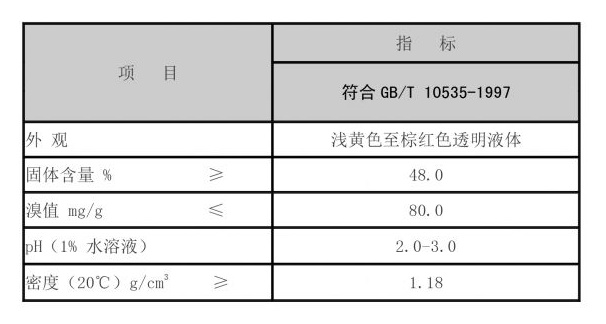Synthesis and Applications of Ethylenediaminetetra-Phosphonic Acid Derivatives in Modern Chemistry
Exploring the Significance of Ethylenediaminetetra(methylenephosphonic) Acid
Ethylenediaminetetra(methylenephosphonic) acid, commonly abbreviated as EDTMPA, is a highly versatile organic compound that has garnered attention in various industries due to its unique chemical properties and practical applications. As a phosphonate, EDTMPA features a structure that allows it to act as a chelating agent, effectively binding metal ions and modifying their behavior in numerous chemical environments. This article delves into the significance, synthesis, properties, and various applications of EDTMPA.
Chemical Structure and Properties
EDTMPA boasts a complex structure characterized by a central ethylenediamine core connected to four methylenephosphonic acid groups. This configuration enables the molecular compound to act as a tetradentate chelator, meaning it can form stable complexes with metal ions. The phosphonic acid functional groups provide strong binding sites, enhancing the stability of metal complexes compared to those formed by traditional carboxylate ligands. Furthermore, the water solubility of EDTMPA makes it suitable for use in aqueous environments, which is advantageous in many industrial applications.
The molecule's stability and affinity for metal ions make EDTMPA particularly useful in various chemical processes, including water treatment, agriculture, and metal recovery. Its exceptional ability to sequester divalent metal ions, such as calcium and magnesium, is critical in addressing water hardness, which is a key concern for many industries.
Synthesis of EDTMPA
The synthesis of EDTMPA generally involves a multi-step process that begins with the reaction of ethylenediamine with phosphorous acid or its derivatives. The modification of existing phosphonic acids through various chemical reactions helps achieve the desired functionalization, resulting in the formation of EDTMPA. The purity and yield of the product can be influenced by reaction parameters such as temperature, pH, and the choice of catalysts or solvents.
This synthetic pathway is not only of academic interest but also holds practical importance, as the demand for EDTMPA spans several sectors. As the compound becomes more integrated into industrial processes, efficient synthetic methods can lead to cost-effective production and a more sustainable supply chain.
ethylenediaminetetra methylenephosphonic acid

Applications in Various Industries
1. Water Treatment One of the most significant applications of EDTMPA is in the field of water treatment, where it is utilized as a scale inhibitor. The chelating properties of EDTMPA prevent the precipitation of mineral scales, particularly in cooling systems, boilers, and other equipment that utilize water. By controlling scale formation, EDTMPA contributes to more efficient operation and reduced maintenance costs.
2. Agriculture In agriculture, EDTMPA serves as a tool for improving nutrient availability. As a chelating agent, it can enhance the solubility of essential micronutrients for plants, promoting healthier growth and higher yields. This application is particularly important in soils that are deficient in certain nutrients, ensuring that crops receive optimal nourishment.
3. Metal Recovery The ability of EDTMPA to selectively bind and extract metal ions has led to its use in metallurgical processes, including metal recovery and recycling. The chelation process facilitates the separation of valuable metals from ores or waste streams, thus contributing to more sustainable practices within the mining and recycling industries.
4. Pharmaceuticals and Biomedicine Recent studies have also explored the potential of EDTMPA in drug formulations and as a contrast agent in medical imaging. Its ability to form stable complexes with certain metal ions may enhance the efficacy and safety of therapeutic agents, paving the way for innovative medical applications.
Conclusion
Ethylenediaminetetra(methylenephosphonic) acid is a remarkable compound with a wide array of applications spanning from water treatment to agriculture and metal recovery. Its unique chemical properties, particularly its role as a powerful chelating agent, make it indispensable in various industrial processes. As research continues to unveil new potentials for EDTMPA, its importance in sustainable practices and innovative technologies will likely grow. The ongoing exploration of EDTMPA’s capabilities underscores the critical role that chemistry plays in enhancing both industrial efficiency and environmental stewardship.
-
The Ultimate Guide to Flocculants: Transforming Water TreatmentNewsNov.01,2024
-
Improve Your Water Treatment Solutions with PolyacrylamideNewsNov.01,2024
-
Enhance Your Water TreatmentNewsNov.01,2024
-
Empower You to Achieve the Highest Standards of Water QualityNewsNov.01,2024
-
Effective Scale InhibitorsNewsNov.01,2024
-
Discover the Power of Poly Aluminum Chloride in Water TreatmentNewsNov.01,2024





